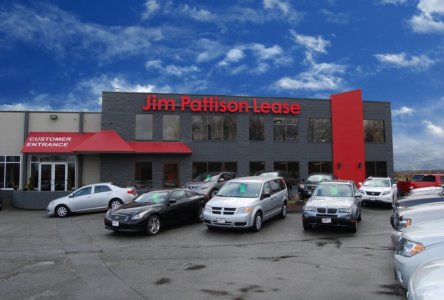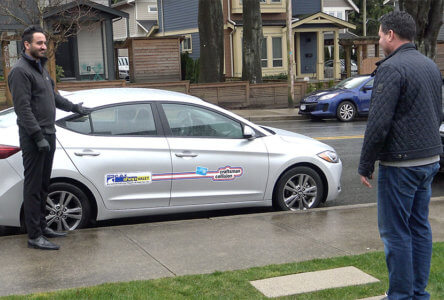Yes, it is officially spring even though the weather may not be co-operating. As we roll into another season, there are ways we need to prepare both our vehicles and ourselves as drivers. Here are some common sense tips to keep in mind as you hit the highway during this sometimes slick and soggy time of year.
1. Don’t be too eager to take off your winter tires. They should be left on until the ambient temperatures stay above 7 degrees Celsius.
2. We still can get some snow fall which means the warm spring sun can melt ice and snow near the road. This melt water can freeze when the sun stops shining on it and the temperatures drop below zero. If you notice wet-looking roads and the temperatures have dropped below freezing, expect ice and slow down.
3. As the weather warms it will bring out motorcyclists and cyclists. Every motorist has to practice good vision techniques and stay focused on their driving to spot these smaller road users. We must share the road with all users. Looking out for and respecting these two-wheeled traveller’s is an important part of safe motoring.
4. On the other side of the safety equation, cyclists and bikers need to ride wisely and be visible to motorists and truckers. Cyclists should wear brightly colored clothing or safety vests, use lights, keep right and ride in single file. The Laws of Physics are not on the side of the smaller vehicle in a collision.
5. Warmer weather brings more children outside. Slow down and pay very careful attention in residential and school zones. School kids are easily distracted by play and don’t always notice traffic. Be alert for teenagers who tend to be fixated on their texting, socializing and cell phones and, as a result, won’t be paying much attention to traffic.
6. This time of year is when we can get the wide fluctuations in temperatures and freeze-thaw cycles. This combination causes pot holes to form. Stay well back of the vehicle in front and stay focused on your driving and you can give yourself more time to see these wheel-bending potholes. Staying farther back from the vehicle in front of you will also reduce your chances of being hit by kicked-up rocks. Keeping your vision high is critical to safe driving. Do not become fixated with looking downward at the road looking for potholes and debris. Use quick glances to look for dangers on the road surface.
7. Heavy spring rains coupled with melt water can cause localized flooding. When encountering a flooded road never try to cross the flooded section as the roadway under the water could have been washed out. Instead, turn around and look for an alternate route.
8. Spring wreaks havoc on gravel shoulders. They can be much softer than usual from all the melt water. Coupled with that winter erosion, gullies can form on the shoulders. Use extra care if you’re pulling off the road or if you drop a wheel off on to the shoulder. Smooth steering inputs will help you maintain control. Never jerk the steering wheel to rush your return to the pavement.
9. Rural municipalities tend to use a lot of sand mixed with salt to increase traction on snowy roads. Any residual sand will act as tiny ball bearings under your tires causing a noticeable reduction in grip. When exiting off of a major rural road onto one less travelled, you may be driving from a road with good grip to one with very little grip as you encounter these sand-covered roads. Look where you want to go, slow down and expect the road to be slippery from sand.
10. Many animals hibernate through the winter and will now be on the move as they forage for food. Being prepared for this can help prevent animal deaths and damage to your vehicle. Slow down in rural areas or where animal traffic is high. If you are not sure of your skill level, it is better to hit smaller animals than to risk your safety and that of others by taking evasive actions. Motorists have died or have been seriously injured trying to swerve to avoid animals.
Driver distraction is a leading cause of traffic crashes. It is so important to remember to stay focused on the task of driving and let your passengers enjoy the sights, sounds and smells of spring in safety.
by Ian Law of www.wheels.ca.









